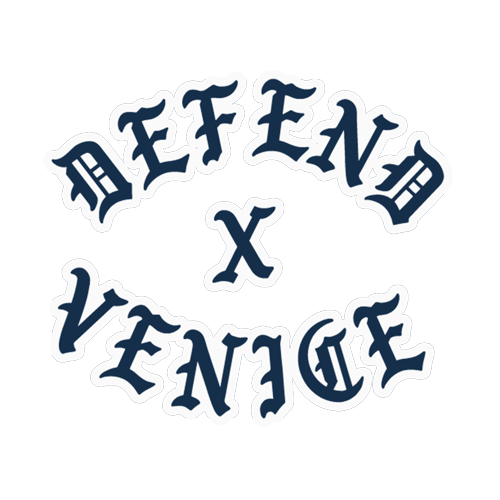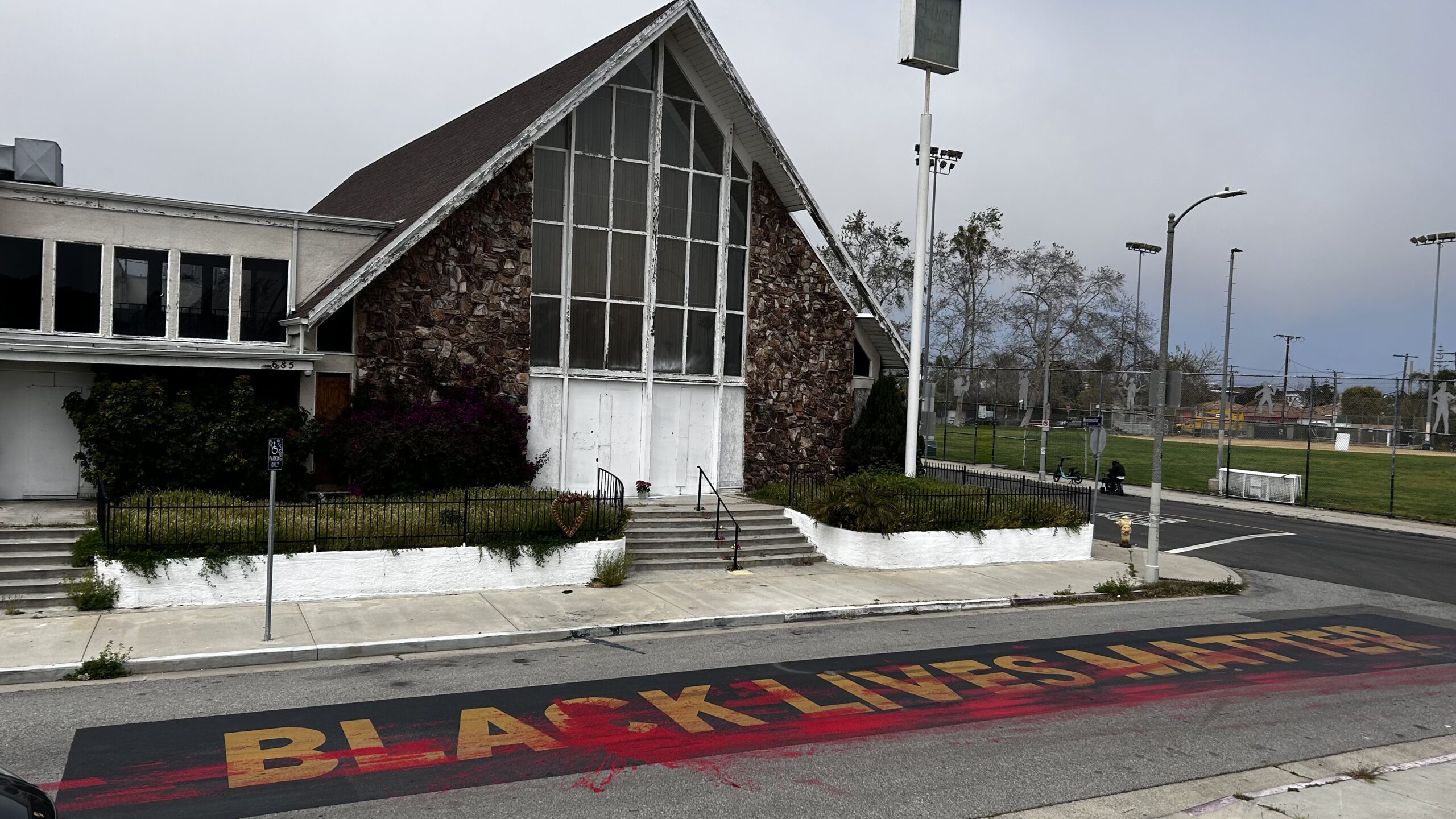I am pleased to announce that:
THE SKY IS NOT FALLING.
By Robin Rudisill, a personal statement
That anyone will be losing 50% or any amount of their property rights due to the VNC’s draft report on Mass, Scale and Character is a fallacy.
I am very concerned that the information in the draft report circulated for the purpose of collecting public comments on the VNC ad-hoc committee mass, scale and character recommendations is being manipulated and distorted in order to use it to attack candidates in the VNC’s election.
It’s shameful that people are fear mongering by misrepresenting this work.
Here are the facts, PLEASE READ THIS:
- Years of complaints about over development and projects that were far out of scale with their surrounding neighborhoods resulted in the VNC’s establishment of the Mass, Scale & Character Ad Hoc Committee (MSCC) in late 2012.
- Analysis of mass, scale and character is required by coastal zone laws, including both the Venice Coastal Zone Specific Plan (city ordinance) and our Coastal Commission-certified Venice Land Use Plan (part of the city’s General Plan). The laws require that for a discretionary land use decision (such as a Coastal Development Permit – CDP) both quantitative and qualitative standards must be applied.Quantitative standards include things such as height, setbacks, density (# of units), and replacement affordable unit requirements, which are “ministerial” requirements, meaning a planner checks a box for “yes” or “no.” But the qualitative standards, which include compatibility of a project with the mass, scale and character of the surrounding area, involve “discretionary” decisions, requiring a degree of judgment by the decision maker. All development in the Venice Coastal Zone requires some degree of discretionary decision-making, but for several years some of these requirements had been ignored, with the reason given being that they were too difficult to administer.
- After an extensive review of “best practices,” the MSCC has not only clarified the existence, requirement and importance of these qualitative standards, but has also provided clear definitions of mass, scale and character. Equally important, the committee has proposed frameworks for analyzing them, such as templates using floor area ratio (FAR), upper story step backs, proportional upper stories, and various concepts for articulation of facades, all of which are tools to analyze a proposed development’s compatibility of character and scale with the surrounding existing structures/lots, a.k.a. the neighborhood. These are all tools that are widely used by City and Coastal Planners.
- Qualitative judgments are a very important part of community planning and protection. Neighborhood planning is not rocket science. It is quite normal to have subjective judgments required for purposes of discretionary land use decisions, such as Coastal Development Permits and Specific Plan Project Compliance Permits.
- However, one of the goals of the MSCC is to address developers’ often-voiced concerns about uncertainty in the process. The ultimate proposal will provide a fact-based, tested framework and greater definition, in order to help guide the City’s qualitative, discretionary decisions regarding compatibility of a project with its surrounding existing neighborhood. This will increase certainty for developers as well as protection for neighbors.
- The likelihood of an overall FAR of any number being put into law for the Venice Coastal Zone is slim to none. Venice is not a one-size-fits-all community. That’s why compatibility with a project’s existing surroundings is so important. We value the social and architectural diversity of Venice, which in turn drives the diversity of the character of our numerous unique neighborhoods. We want to allow for maximum creative freedom while staying in the overall scale, massing and character of the given neighborhood. So we must keep some flexibility to make judgments, and cannot rely entirely on quantitative rules.
- The MSCC draft report is a proposal – not a final product – and an invitation for community input.It has been very clear that nothing in the draft is a final recommendation and that everyone in the community will have a chance to comment.Also, it’s not an attempt, as one developer erroneously asserted, to amend the Venice Coastal Zone Specific Plan. It’s not about numbers, it’s about process, framework and tools. Public comment/input has been a mainstay of the MSCC’s process and is integral to formulating the final recommendations to the VNC Board.
- Once approved by the VNC, the MSCC recommendations can provide guidance in analyzing projects and can be a starting pointin the discussion of our Local Coastal Program. For example, the character analysis, using an excel model programmed to provide statistics for the Streetscape based on the attributes of the block, is an excellent and practical quantitative tool to use for making conclusions about the scale, character, massing, and even the landscape of the existing surrounding neighborhood. Having consistent guidance re. “existing surrounding neighborhood” will also be very useful.
- The moral of the story is that we mustn’t fall prey to the “chicken little syndrome,” a.k.a. fear mongering. This scare tactic, indicating that you must vote for certain candidates in the June 5th VNC election in order to stop the loss of 50% of your property rights, is unfounded in reality. It is pure electioneering at its most counterproductive.
I welcome your specific questions and concerns.
For the love of Venice,
Robin Rudisill, Venice Land Use & Planning Committee Chair (for identification purposes), but speaking as an individual and not on behalf of the Venice Neighborhood Council or its Land Use & Planning Committee




